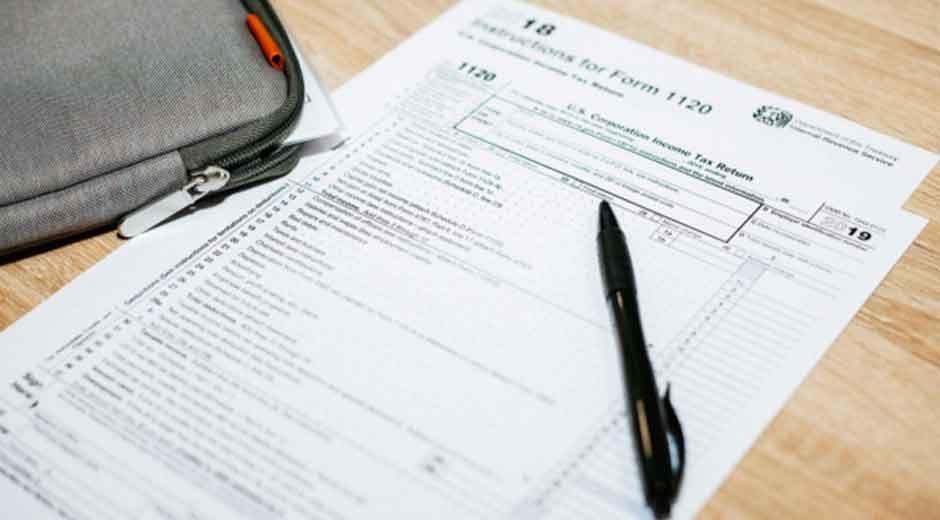Tax season doesn’t have to spike your heart rate. A little prep, a few smart choices, and a calendar reminder or two can turn April 15 into a date you meet with mild indifference. Here’s how to file cleanly, quickly, and with as little drama as possible.
- Start with a guide you trust
Stress-free filing starts with knowing where you’re headed. If your return is more than a simple W-2, talk to a pro and find the best local tax accountant before receipts start multiplying. Example: verify a CPA’s PTIN on the IRS directory, then ask whether they handle Schedule C clients in Austin who receive Form 1099-NEC and 1099-K, not just plain W-2 filers.
- Gather every form in one place
Collect documents once, not five times. Make a single folder labeled “2024 Taxes” on your desktop or in Google Drive, and drop in W-2s, 1099-NECs, 1099-INTs, 1098-Ts, and 1095-As as they arrive. Example: a Seattle freelancer snaps receipts into a PDF app, stores a mileage log for 3,200 business miles, and adds a bank’s 1099-INT showing $41 in interest. The shoebox can retire.
- Pick the right filing status and dependents
The status box drives your tax bracket and key credits. Choose carefully between Single, Married Filing Jointly, or Head of Household. Example: an Ohio parent who qualifies for Head of Household with one child often pays less than filing Single, then claims the Child Tax Credit of up to $2,000. Double-check rules in IRS Publication 501 before listing a college sophomore as a dependent.
- Claim credits before chasing deductions
Credits cut tax dollar for dollar; deductions only reduce taxable income. Prioritize them. Example: a student at Arizona State University may qualify for the American Opportunity Tax Credit up to $2,500, which usually beats a small tuition deduction. Stack that with the Saver’s Credit if you contributed $600 to a Roth IRA, then consider itemizing only if your California property taxes, mortgage interest, and donations exceed the standard deduction.
- If self-employed, get the business math right
Independent income brings Schedule C, self-employment tax, and quarterly estimates. Keep clean records and set aside taxes as you earn. Example: a Denver Etsy seller who deposits 25 percent of each payout into a separate account rarely scrambles at quarter’s end. They track 150 square feet of home office space under the simplified method at $5 per square foot for a $750 deduction, and log trips with an app like MileIQ.
- File on time, extend when you must
E-file with direct deposit to speed refunds and reduce errors. If you’re not ready, file Form 4868 by April 15 to extend the paperwork to October 15, then pay what you estimate you owe. Example: a Miami consultant who pays 90 percent of the expected tax with the extension avoids the late filing penalty. An extension moves the due date for forms, not for money.
- Save the return and set next year’s plan
Store a PDF of your return, W-2s, and 1099s where you’ll actually remember them. Keep returns at least 3 years, or 7 if you left out income you should have reported. Example: a New York teacher adds $50 of extra withholding per paycheck in Step 4(c) of Form W-4 after a refund came in too small, then sets four quarterly calendar reminders for estimated payments on a side tutoring gig. Coffee is deductible only when it fuels a client meeting, not the filing anxiety.
Tax forms favor the methodical. With a single folder, a few targeted questions, and a clock set to the real deadlines, we turn a tedious chore into a tidy project. The refund, if there is one, is a bonus. The real win is not having to do this twice.










